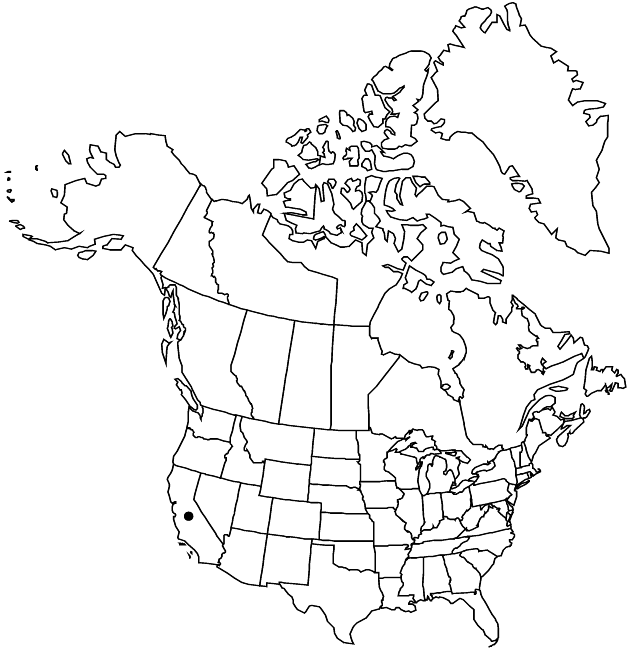Difference between revisions of "Erigeron petrophilus var. viscidulus"
Phytologia 72: 198. 1992.
Endemic
Basionym: Erigeron inornatus var. viscidulus A. Gray in A. Gray et al., Syn. Fl. N. Amer. 1(2): 215. 1884
FNA>Volume Importer |
imported>Volume Importer |
||
| (5 intermediate revisions by 2 users not shown) | |||
| Line 7: | Line 7: | ||
|year=1992 | |year=1992 | ||
}} | }} | ||
| − | |basionyms={{Treatment/ID/ | + | |special_status={{Treatment/ID/Special_status |
| + | |code=E | ||
| + | |label=Endemic | ||
| + | }} | ||
| + | |basionyms={{Treatment/ID/Basionym | ||
|name=Erigeron inornatus var. viscidulus | |name=Erigeron inornatus var. viscidulus | ||
|authority=A. Gray | |authority=A. Gray | ||
| + | |rank=variety | ||
| + | |publication_title=in A. Gray et al., Syn. Fl. N. Amer. | ||
| + | |publication_place=1(2): 215. 1884 | ||
}} | }} | ||
|synonyms= | |synonyms= | ||
| Line 35: | Line 42: | ||
-->{{#Taxon: | -->{{#Taxon: | ||
name=Erigeron petrophilus var. viscidulus | name=Erigeron petrophilus var. viscidulus | ||
| − | |||
|authority=(A. Gray) G. L. Nesom | |authority=(A. Gray) G. L. Nesom | ||
|rank=variety | |rank=variety | ||
| Line 49: | Line 55: | ||
|publication title=Phytologia | |publication title=Phytologia | ||
|publication year=1992 | |publication year=1992 | ||
| − | |special status= | + | |special status=Endemic |
| − | |source xml=https:// | + | |source xml=https://bitbucket.org/aafc-mbb/fna-data-curation/src/2e0870ddd59836b60bcf96646a41e87ea5a5943a/coarse_grained_fna_xml/V19-20-21/V20_700.xml |
|tribe=Asteraceae tribe Astereae | |tribe=Asteraceae tribe Astereae | ||
|genus=Erigeron | |genus=Erigeron | ||
Latest revision as of 20:04, 5 November 2020
Stems and leaves eglandular or obscurely glandular, nonglandular hairs mostly stiff, straight or curved. Phyllary apices not purplish or differently colored from proximal portion.
Phenology: Flowering Jul–Sep.
Habitat: Open rocky slopes, ledges, talus, sometimes on serpentine
Elevation: (1200–)1500–2700 m
Discussion
The cauline vestiture of var. viscidulus is variable, of stiff hairs primarily spreading to slightly deflexed, varying to antrorsely appressed (perhaps suggesting introgression from Erigeron inornatus). Apparent intergrades with E. reductus var. reductus occur in Trinity County.
Selected References
None.
Lower Taxa
None.
